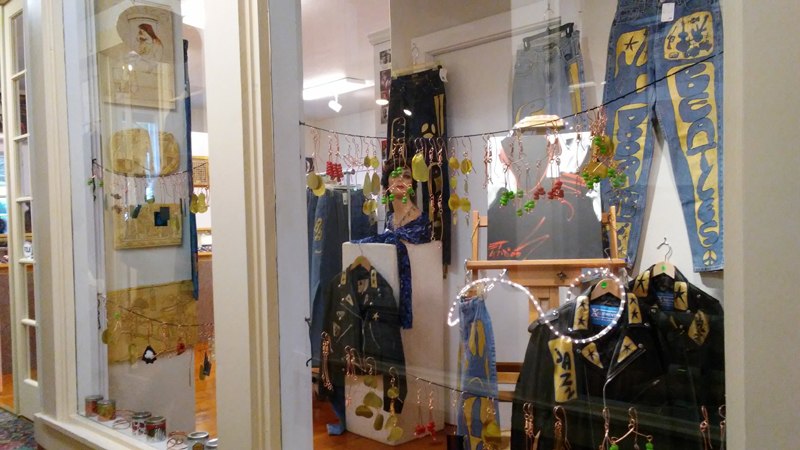
There’s a world of treasure, real treasure, the kind you can take to the bank, and yet, it’s as-if invisible to most people, who look right past the treasures of life, in a bleak vision of the present.
It’s not that hard to transform the vision from “bleak” to “clear”, but it takes a bit of bait and the dangling of a hook to catch the fish, as it were.
What’s needed is a goal, and a goal doesn’t come about without a payoff.
The payoff?
Simple — Money.
Of course, that’s only the apparent payoff. The real payoff is an immediate improvement in vision, clarity and presence-of-attention, which is the kind of powerful presence that can be invoked through the use of special attentions, such as the ones employed in a coin search.
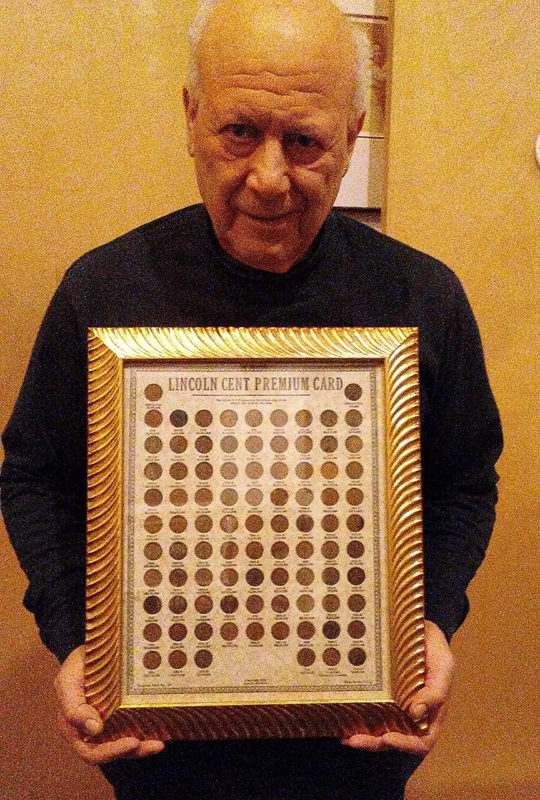
So you set up a booth, kiosk or counter with some packets of, specifically, “Search” coins, meaning those dates and mint-marks that have a history of yielding forth a variety of varieties.
Coin dealer joke. Each error in a coin issue constitutes a variety, and so do hub changes and such that are deliberate actions of the Mint authorities.
Okay, so your customer comes in, and you pitch your coin packets — These are “Search” Packets that hold a small clear pouch in which you’ll find ten “Wheat-Backed Lincoln Cent” pieces, otherwise known as “copper pennies”, but they’re no longer in circulation, and the ones that are in circulation are no longer made of copper — copper’s too expensive.
The metal CAN’T be more expensive than its market value as a penny, or it’ll get melted down, as are the wheaties being melted down right now, as we speak, by greedy but stupid people, who would rather melt down a rare coin than find out what it is and how to see it.
So your customer walks in the door and you start to pitch your pennies, as it were.
You show them the books, show them the photos, show them the statistics, and they’re totally sold — they’re ready to buy, but there’s a problem.
How do they know which coins are valuable?
What they mean is, how can they tell if a coin is an error coin or not? With what do they compare it? How will they recognize it when they see it?
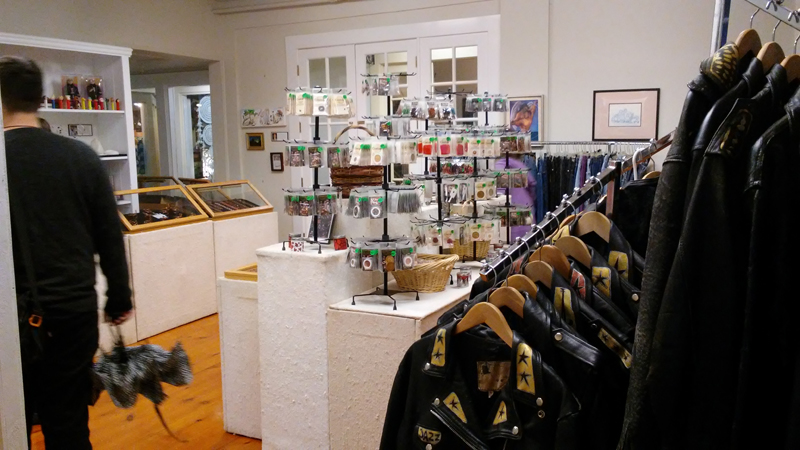
These are the very questions they should have been asking all along, in my opinion, but they do eventually arrive there, so you do your best to answer — you show them the photos, show them an actual error coin, show them the paragraph that describes the error, read it to them, explain it to them, tell them about hubs and dies and how MINT errors differ greatly from production errors in the press, and I’ll bet dollars to donuts that they still won’t get it.
Why? Because it’s not a textbook learning thing. You can’t get it from a lecture. Seeing the error is a matter of experience personally experienced.
Even having handled and examined and searched through tens of thousands of coins, it’s still going to be a new experience when a valuable variety pops up in front of your eyes.
There’s nothing quite like it.
The thing is, like most good things, it doesn’t have any effect if you just try it once for a minute or two and then let your attention wander to the next attraction.
Coinology is more than a hobby — it’s a dedicated discipline.
Be prepared for hours and hours of totally intense coin search, plowing through thousands of coins a night, when the ordinary daily world around you disappears into the mist of time.
But before you can really FEEL the effect of Coinology, you have to actually DO the exercise, hour after hour, day and night, night and day, morning, afternoon and evening.
When you take your tea, you should be doing Coinology, and when you sit down for a little refreshing rest and relaxation, Coinology should be your Guide.
Believe me, you don’t know what “relaxation” really means until you’ve done a full-scale coin search through a bag of 5,000 wheat-backed Lincoln pennies ranging in quality from MS-60 all the way down to G-4.
The coins I sell never go below the G-4 mark, although a LOT of them reside there at that “Bottom Dweller” place.
I’m a great believer in low-grade collections — that’s where the real money is, and where you’ll find the greatest spiritual rewards, because there ARE spiritual benefits, direct and fast, as well as the money angle.
It’s true — with a low-grade collection, you can easily double your money.
A high-grade collection, like a piece of high-grade art or a high-grade antiquarian book, will only give you a profit of about 10%, which is why book dealers prefer to sell low-end books any day of the week.
High-End means high risk and low reward, so why do it, except for the publicity, for the fact that it draws a crowd into your space?
And that’s exactly why I offer them. Not for the money, but for the gallery’s prestige and presence in the community-at-large.
The high-end items sell for high-end prices, but then you have to replace them, and they often cost more than what you got when you sold them.
It’s sort of like going to work can end up costing you more in childcare than you get in your salary — you make more by staying home.
When your cost-of-living doesn’t allow you to go to work, you go on welfare, but soon there won’t be any welfare, and you’ll be wondering why you didn’t learn coin-searching while you had opportunity, so don’t leave yourself there.
You can coin-search anywhere.
Make an appointment with yourself to start Coinology right now, today. With my Beginner’s Plan, you can start immediately with just what’s available to you right now.
Search, and you will find.
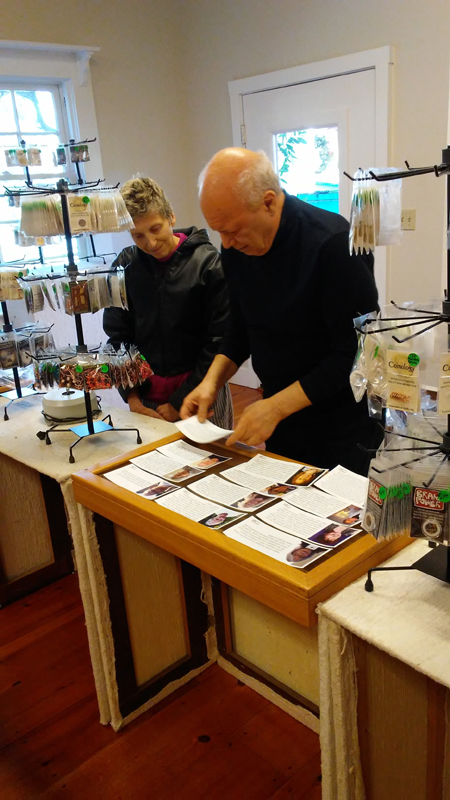
You get the definite impression of “discovery”, and a profound sense of completion when you actually find an “invisible” variety or error.
At the same time, you can also hear, however dimly, the “ka-ching” ring of the cash register as you run through the price guide — for an EF-40, it brings a whalloping $200!!!
Of course, that’s retail and, unless you have a shop — and if you’re one of our participating artists in the gallery space, you DO have a shop — you’ll have to be happy with 10% to perhaps 25% of the retail value, because a coin dealer can’t afford to pay you more than that for any coin, on the chance that they may have to wholesale it out at 50%, which happens more often than not.
See, as a member of the gallery, you have a shop, albeit a miniature one, or a portion of a larger shop, if you prefer to think of it that way.
Okay, so think of it as a personal space that represents your sense of aesthetic.
Now start to take responsibility for your space, and fill and design it accordingly. Nurture your space. Define your space and fill it with grace.
So there you are, trying to explain what a coin search is and what an error coin is and how it all fits in to their busy schedule, and you’re wondering what to say, what to tell them.
Well, the answer is that you can’t tell them what you don’t yourself know and understand, meaning that your answer will only be as good as your own coin-knowledge, which is what coin-knowledgy (Coinology) is all about.
So how to get the customer from the “Not Even Seeing The Coin Itself” to “Seeing the Coin” and then eventually to “Seeing the Mint Error in the Coin”, which is the Western Equivalent to “Hail the Jewel in the Heart of the Lotus”, which was my original quote, however it may have come down to you in this day and age.
“Can you see it now?” you gently and hopefully inquire as the customer tries to peer through the 40x jeweler’s magnifying loupe that you’ve lent for the purpose.
“No, but I see my thumb real good.”
It may take a while before the customer actually sees the error, or it may not happen at all. Don’t take it personally — it’s just an indicator of their readiness or not to take the next step in personal evolution, which can occur from repeated attempts to see an error in an error coin.
I always have a wide variety of error coins on hand for a student to study — everything from a doubled die or a repunched mint-mark to a wide collar or an offset or broken die.
I have my error coins slabbed up and graded, don’t you?
This makes them available to a larger number of viewers who can use the experience of seeing the actual error coin right there only inches away from their face to find their own coin varieties.
Once you’ve see it close up and personal and handled it and examined it from every angle, you won’t soon forget it, and you’ll have a much better chance of recognizing it when you see it.
Ideally, I’d like to put together a kit that included:
- A Target Coin, such as a 1936 -P DDO of three possible CONECO varieties listed.
- 100 pennies of the same year and mint as the target coin.
- A RAW DDO target coin at about G-4 to VG-8. It’s going to take some punishment during searches, so kiss its value goodbye as you fold it into the search pile.
Even with all this, it’s likely that the new student will fail to see the error even in the slabbed higher grade coin, UNTIL THEY WANT TO SEE IT.
I know, it sounds absurd, but it’s really true, that they have to have a MOTIVATION in order to see the coin and see what about the coin is so different and so valuable as to make the coin worth a LOT more than just a penny!
It may take months or years.
Patience is required in the teacher. Go over and over the thing until the student either gets it or at least claims they do, which has to be sufficient for the moment.
Now, to test the student’s ACTUAL vision apart from their claim that they see it, we merely add the RAW target coin to the pile and mix them up, and turn our student loose on the thing, trying to pick out the error coin from the 100 similar coins that look just like it.
That, by the way, is why all my training kits are BRN — meaning brown, not red. If I included reds, they’d stand out like the sore thumbs they are, making the learning experience go away entirely.
Maybe that’s best.
How about if you enclose a check and I just send you the coin?
That way, you pay me for something you’re unwilling — note that I disallow the use of the word “unable” here — to learn for yourself.
Ain’t that always the way? Someone is willing to pay you to learn or do or apply something that they’re unwilling to do themselves, like vacuuming the carpet or taking out the garbage or feeding the pet or pets.
In short, getting you to substitute for them. If you’re drafted into the army during the First American Civil War back in 1861-65, you were allowed to send someone else, whom you hired — basically, a mercenary.
When it comes to personal evolution, you can’t just hire someone else to take your place and learn and evolve instead of you.
It’s your learning experience, go experience it.
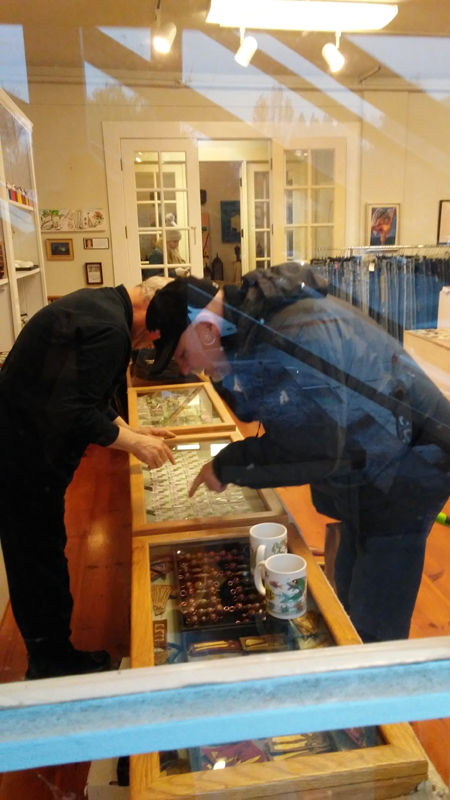
What are you learning here? Is it some sort of preparation for higher powers and knowledge and that sort of stuff, like levitation and mindfulness?
Frankly, I never went in for mindfulness. MindLESSness I could understand. Brainfulness has the same lack of appeal for me, as does brawniness and brutishness.
It’s not about powers, nor about control, nor about abilities or elite knowledge and existence. It’s not about Heaven or Hell or any of that.
The real answer is that you are here in this life and every life you lead, in order to fully learn and manifest the spirit of compassion, of conscience, of delicacy and sensitiveness.
The real lessons to be learned from life are those of the heart, and there’s no better Path to the Heart than Coinology.
That’s why I wrote the present volume, titled “Compassionate Buddha Sorting Coins”.
It’s all about the Judgment, the Weighing of the Soul against a Feather, the Scales of Peace and Harmony, when you sort and search coin after coin after coin.
When it comes to Coin Search, “Compassion” should be your middle name.
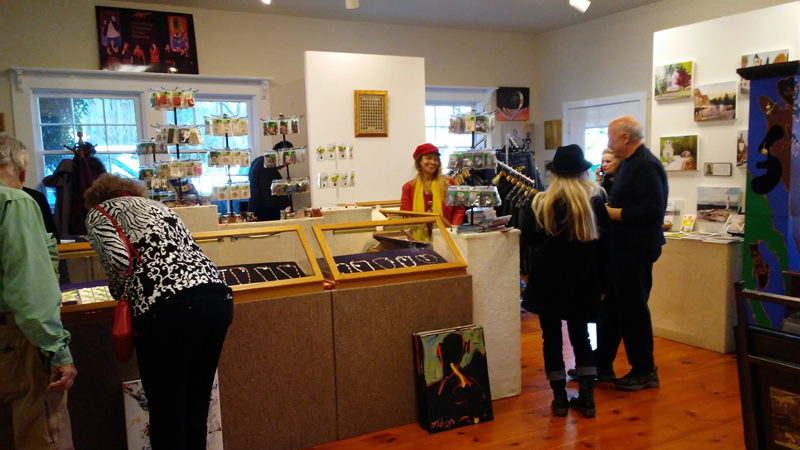
It’s hard to find compassion when the coins are not quite at the mark, at the level set by the consumer market in the marketplace of the soul.
It may be hard at first to grasp the soul, the spiritual nature, of the coins that pass through your gracious and forgiving hands.
Yet, the grading process is strict, and the rules of grade cannot be broken. It is the Coinology equivalent of the Rule of Law under which the United States governs and functions, at least in theory.
Coins have a definite place in the Time Zones of history.
Each coin has been born at some definite time period. If we don’t know exactly when, we do know the year in which the coin was minted, and therefore how long the coin has been around.
Actually, “around and around and around”, because this coin is a “circulated” coin coming from the marketplace. It has been used and passed from hand to hand and from pocket to pocket and from piggy bank to kitchen pocket change jar, then been collected sometime in the past, put into a paper folder, then removed and bagged, and packaged up into a tiny “Search Challenge” packet, and now YOU own it.
Only problem now is, do you want to keep or sell?
If you want to sell it, you have to SELL it, meaning that a customer who walks in the door isn’t typically prepared to do a coin search in order to realize the potential cash value of a coin that might or might not be an error coin.
In short, confusion, bewilderment — hence, immediate disinterest and disengagement.
Your problem is to overcome their initial ignorance without revealing their ignorance, and this is easy, if you use simple automatic reflexes, like — “Did you know that in your pocket change there could be a penny worth a hundred dollars?”.
This is, of course, ridiculous.
Nobody has a coin worth $100 dollars in their pocket change, and if they did, it would be off-the-charts to predict it and have them check their pockets and find it to be true, right?
Well, there is such an incident, and maybe you have a similar experience.
It’s totally weird, completely improbable, but it really happened, and not that long ago, either — eight years ago, Claude was telling someone that he might have a valuable coin in his pocket change, and on checking, there was a coin valued at over $100!!!
The thing is, the money’s just the bait.
Beyond that is SEEING, opening the vision, opening the Third Eye, awakening the sense of compassion and conscience, of caring, and kindness and consideration.
The awakening of conscience is the awakening of the soul.
Repeat as needed.
Coinology is an applied spiritual science. It takes years to master, but you get the benefits right away.
Start your Coinology Meditation right away. Send for my FREE information packet on how Coinology can change your life!
See You At The Top!!!
gorby

